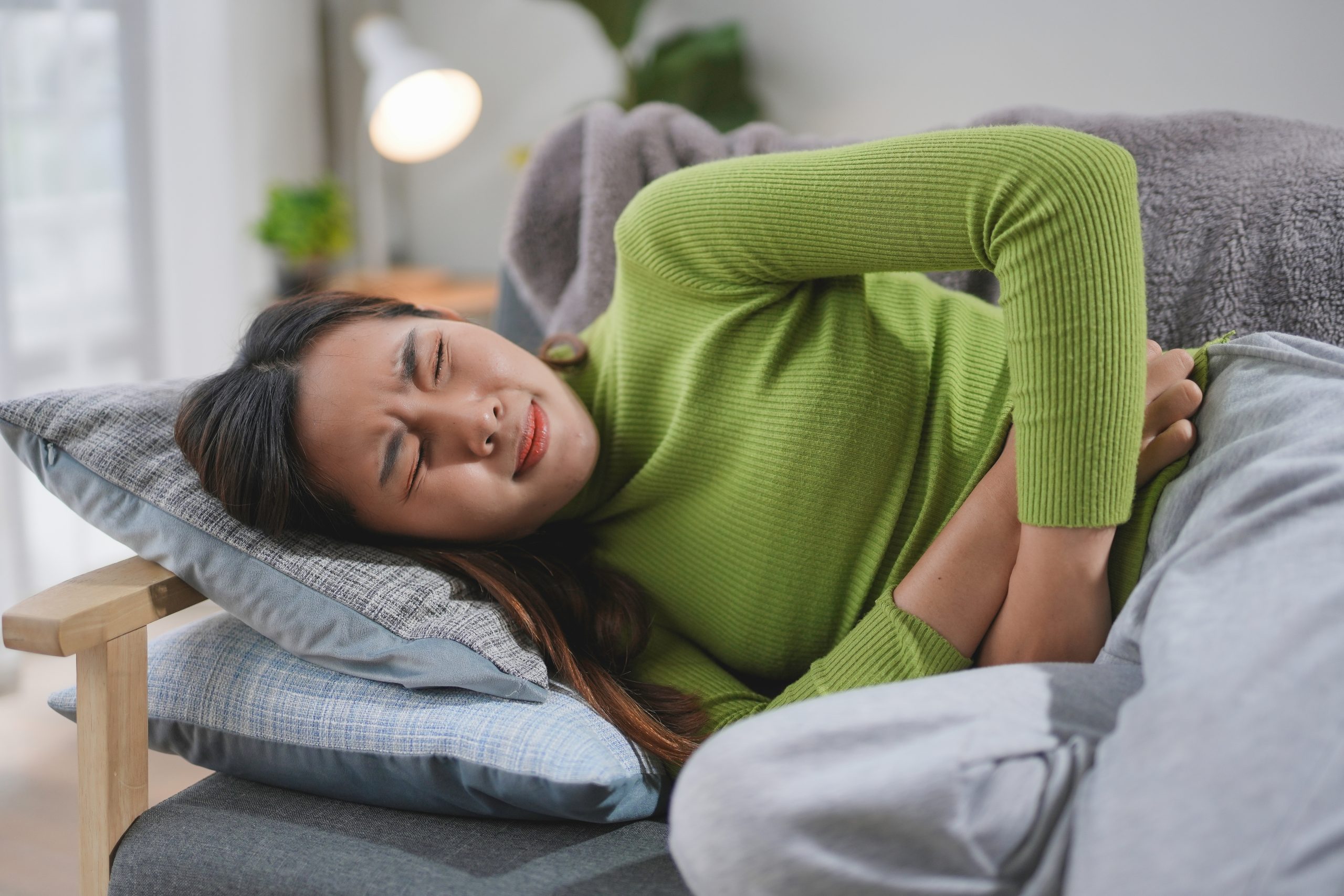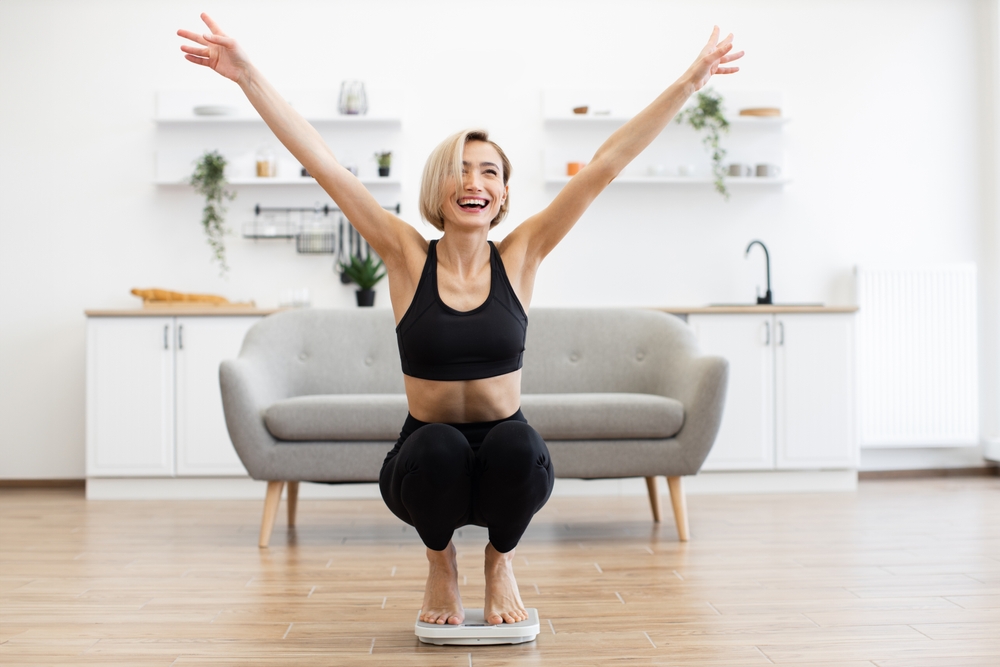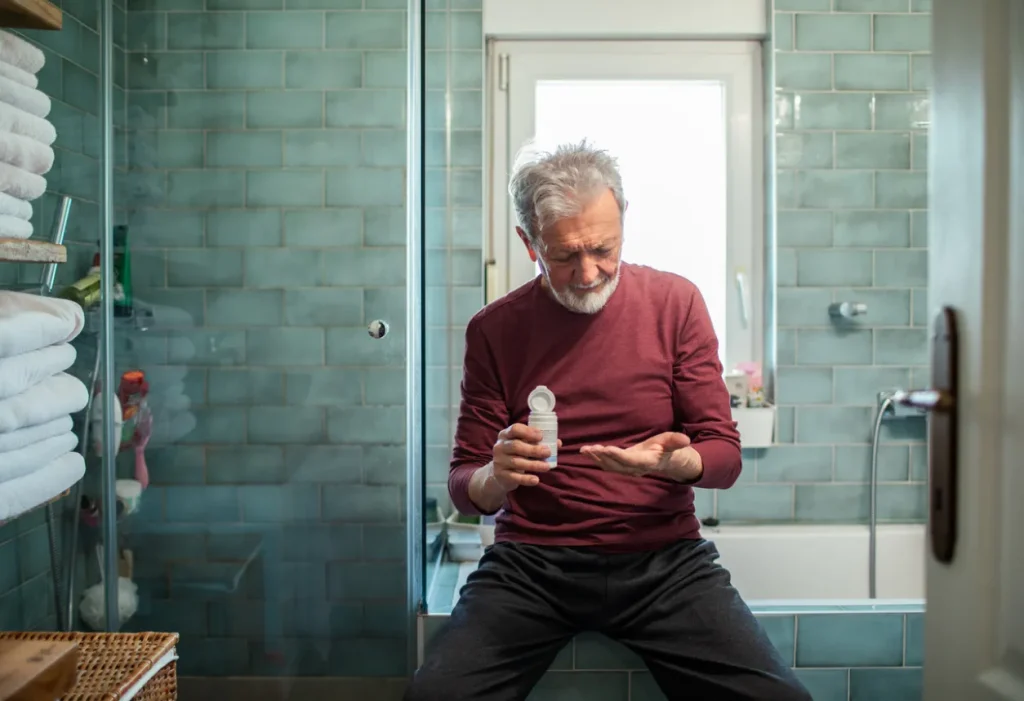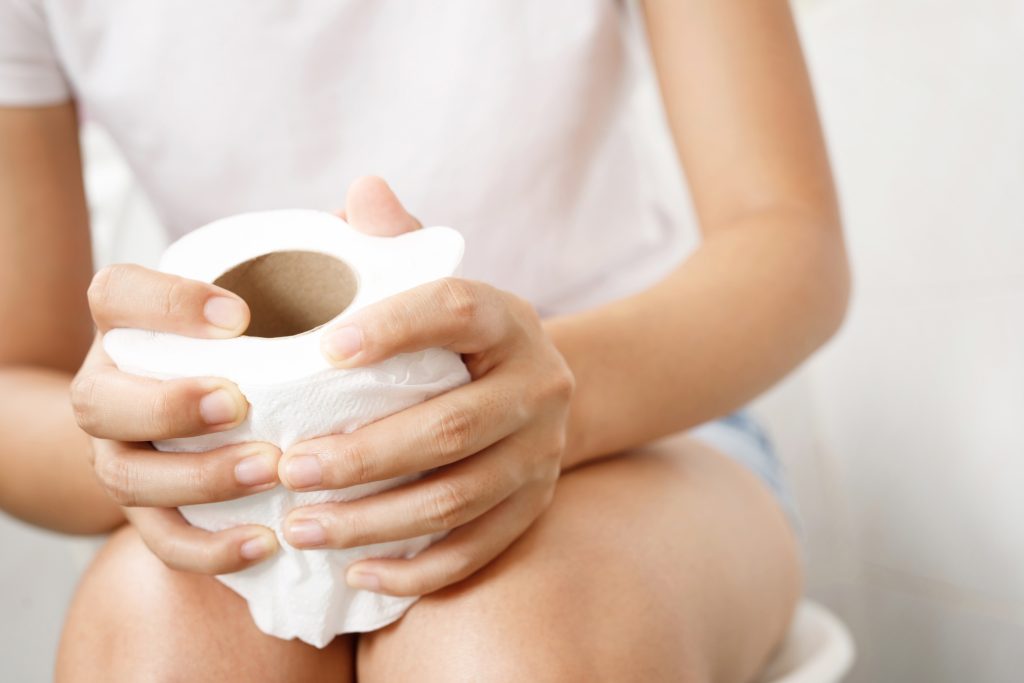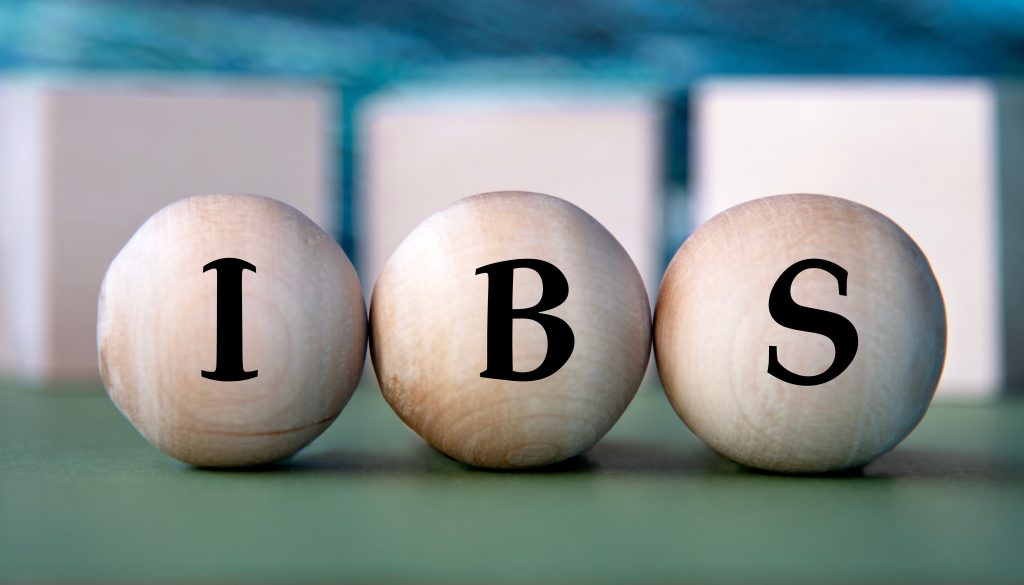Chronic pelvic pain is a condition that affects many women and can significantly impact daily life. This type of pain is persistent pain in the lower abdomen or pelvis that lasts six months or longer. Chronic pelvic pain is a complex condition with multiple potential causes, ranging from musculoskeletal issues to reproductive system disorders.
Chronic pelvic pain can stem from various causes, such as interstitial cystitis, pelvic floor dysfunction, endometriosis, pelvic inflammatory disease, or pelvic congestion syndrome. Identifying the root cause is essential to finding the right treatment and managing the pain effectively. Treatment depends on the cause, often involving medication, physical therapy, and lifestyle changes. For women with persistent pelvic pain, the goal is to reduce symptoms and improve quality of life.
What are the best treatments for chronic pelvic pain?
The best treatments for chronic pelvic pain include
- physical therapy
- medications like anti-inflammatories
- hormonal treatments if the pain is linked to reproductive issues like endometriosis.
In some cases, nerve blocks or surgery may be necessary for severe pain. Lifestyle changes, including stress management techniques and a balanced diet, can also play a significant role in managing chronic pelvic pain.
Managing Pelvic Floor Dysfunction at Home
Pelvic floor dysfunction occurs when the pelvic floor muscles are weak, tight, or out of sync, leading to discomfort, pain, or urinary and bowel problems. Fortunately, some exercises and techniques can help manage pelvic floor dysfunction at home. Pelvic floor exercises, often called Kegels, are designed to strengthen these muscles, improving function and relieving pain. Incorporating gentle stretching and relaxation techniques, such as yoga or deep breathing, can help reduce tension and alleviate discomfort. Maintaining good posture and avoiding straining during bowel movements is also important.
Symptoms of Pelvic Inflammatory Disease
Pelvic inflammatory disease (PID) is an infection of the female reproductive organs, often caused by sexually transmitted bacteria. If left untreated, it can lead to chronic pelvic pain and other serious complications. Symptoms of PID can vary but often include lower abdominal pain, fever, unusual vaginal discharge, painful urination, and pain during intercourse. Early diagnosis and treatment with antibiotics are crucial for preventing long-term damage.If you suspect you have PID, it’s important to seek medical attention immediately, as untreated PID can lead to chronic pelvic pain and fertility issues.
Natural Remedies for Endometriosis Pain
Endometriosis is a condition where tissue similar to the lining of the uterus grows outside the uterus, causing pain and inflammation. The pain can range from mild to severe and is often linked to the menstrual cycle. While medical treatments are available, many women seek natural remedies to relieve endometriosis pain. Adjusting your diet to include anti-inflammatory foods such as leafy greens, fatty fish, and berries can help reduce inflammation.
Same as Pelvic Floor Dysfunction, regular exercise, stress-reducing activities like yoga, and practicing mindfulness through meditation can help alleviate pain. Heat therapy, applying a heating pad to the lower abdomen, can also provide relief from endometriosis-related cramps.
Causes of Persistent Pelvic Pain in Women
Several underlying conditions, including endometriosis, pelvic floor dysfunction, pelvic inflammatory disease, and pelvic congestion syndrome, can cause persistent pelvic pain in women. In some cases, chronic pain may also be linked to interstitial cystitis, irritable bowel syndrome (IBS), or musculoskeletal issues. Other conditions, like pelvic congestion syndrome, a condition involving varicose veins in the pelvis, may also contribute to long-lasting pelvic discomfort. Identifying the cause is crucial for determining the most effective treatment plan.
Effective Treatments for Pelvic Congestion Syndrome
Pelvic congestion syndrome (PCS) occurs when varicose veins develop in the pelvic area, leading to chronic pain and discomfort. The pain is often worse after standing for long periods or at the end of the day. Treatments for PCS may include medication to improve blood flow, minimally invasive procedures to block affected veins, or lifestyle changes to improve circulation. These include medicines that enhance blood flow, procedures like embolization that close off problematic veins, and lifestyle changes such as regular exercise and avoiding prolonged standing.
What role do Histamines play?
Pelvic pain can be caused by a release of histamines. This is thought to play a role in some disease states associated with pelvic pain – such as Interstitial Cystitis. Using the right ratio of antihistamines to block both the histamine-1 and histamine-2 receptors has shown a great improvement in symptoms for some patients with Interstitial Cystitis.
If you are looking for fast relief from pelvic discomfort, please visit Get Relief Rx today to explore proven solutions to ease your symptoms and improve your gut health. Click here to start feeling better now!
